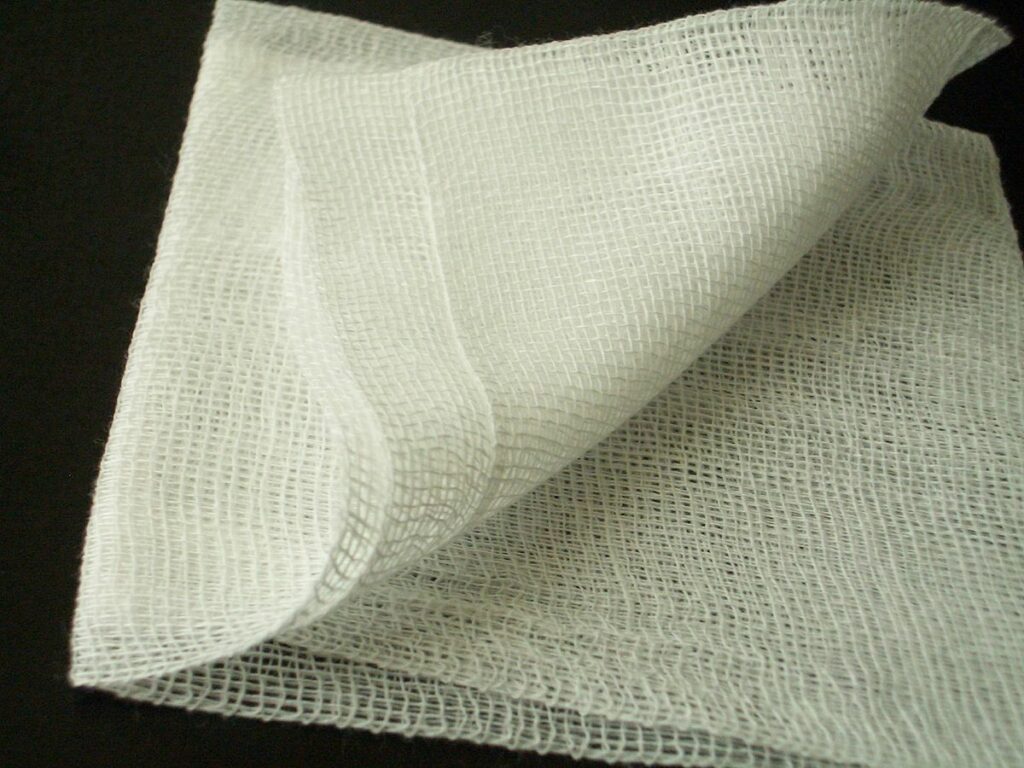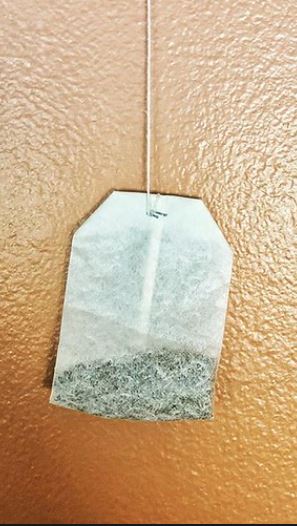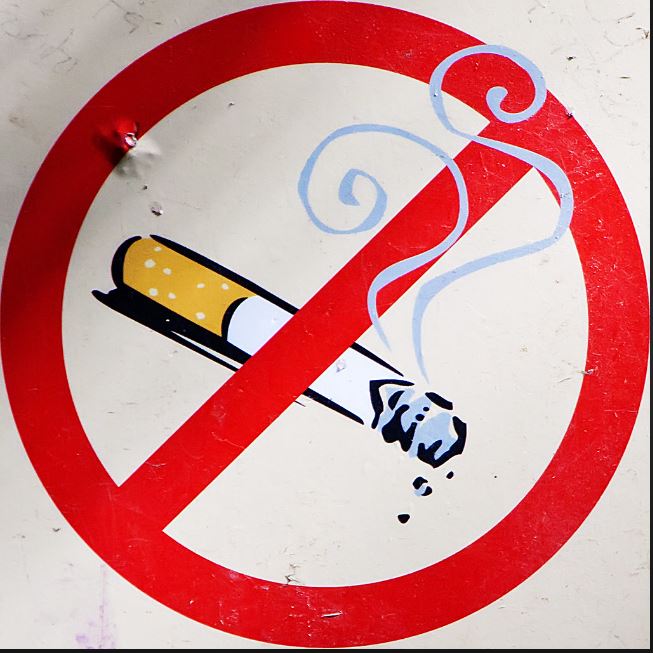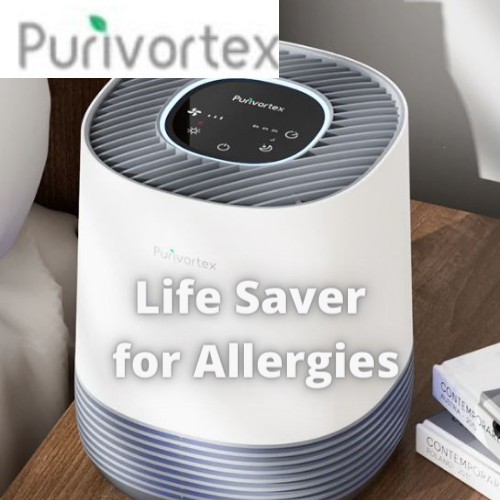In your life, there may come a time when you need to get a tooth extracted. It’s important that you do so for your oral health. One of the more unfortunate complications that could arise within a few days of doing so though is called a “Dry Socket,” which results in fever, swelling, and severe pain. In this blog, I will discuss what a dry socket is, and more importantly, 6 tips on how you can prevent one from forming in the first place. So here goes.
So, What is a Dry Socket?
A Dry Socket is an infection of the bone surrounding the former root of the tooth that was extracted (most commonly your wisdom teeth). When you get a tooth out you create an open wound, so of course, you bleed. That blood normally will fill that space and form a clot. If that clot is dislodged before it forms tissue though, the bone will become exposed to the air. This may not sound like a problem, but the air can invite bacteria and other microorganisms in, which can cause inflammation, infection and severe pain. Preventing that clot from dislodging over the first few days is your chief goal, and I am going to show you how to do that.

6 Important Tips to Help Prevent a Dry Socket!
#1. The first thing is to make sure you bite down on the gauze pads the dentist places until you get home, as they will instruct. Hopefully they gave you additional gauze to take with you as well, but if not, you can pick some up from your local drug store. If you’ve been numbed, you may not feel much in the area, so it’s important to visually check the gauze every 5 minutes or so to see if you’re still bleeding. If so, change the gauze pad and bite down again. Do this every 5 minutes until the main bleeding has stopped. Be gentle when you take out the gauze though, you don’t want to pull out the clot.

#2. While many may suggest initially applying cold to reduce the swelling, you should apply heat in the first hour instead to increase your blood flow and kickstart your body’s natural healing powers. If swelling continues after an hour, alternate heat with an ice pack to bring that down. A few minutes with each should do the trick.
#3. If you find yourself still bleeding after a while, bite down on a cool wet tea bag (black tea is best, not herbal or green) and place it on the socket as you did with the gauze pad. Believe it or not, the tannin in the tea will help with stopping that kind of bleeding. As an aside, remember to put a towel on your pillow when you go to sleep, in case you are still oozing blood and you don’t want to ruin your pillowcase.

#4. Do not vigorously rinse your mouth for the next 24 hours. If you must rinse, be gentle! The liquid movement could suck out that clot and reopen that wound. If you have a bad taste in your mouth, rub some alcohol-free mouthrinse around your teeth and gums with your finger, you’ll feel better.
#5. Do not smoke, at all. The act of smoking creates a suction in the mouth which can pull out the clot. Additionally, it reduces circulation and slows down your healing time.

#6. Finally, rest. Take it easy. Getting a tooth out is traumatic and your body needs to heal. No heavy exertion. Take a day off from the gym. All in all, the gums should begin to close up after 7-10 days.
So, there you have it. 6 ways to prevent getting a dry socket after you have a tooth extracted. Hope this helps prevent that from happening to you, for if you get one, you will remember it for the rest of your life. I must advise you, however, that if you develop severe pain, uncontrollable swelling or a lasting fever, head back to the surgeon who pulled that tooth immediately. Or if necessary, get to an emergency room ASAP.
Take a look at out this video below on Dry Socket and how to prevent one!

About Us
As holistic dentists, we've recommended products and services that supported our patients’ health for decades. In experiencing our own health challenges from mercury toxicity, we worked closely with many natural, alternative, and integrative health practitioners who aided our recovery as well as our patients’. We built this site to provide you with a simple-to-use, comprehensive, informational, and functional resource for your physical, emotional, and spiritual health & well-being.





































